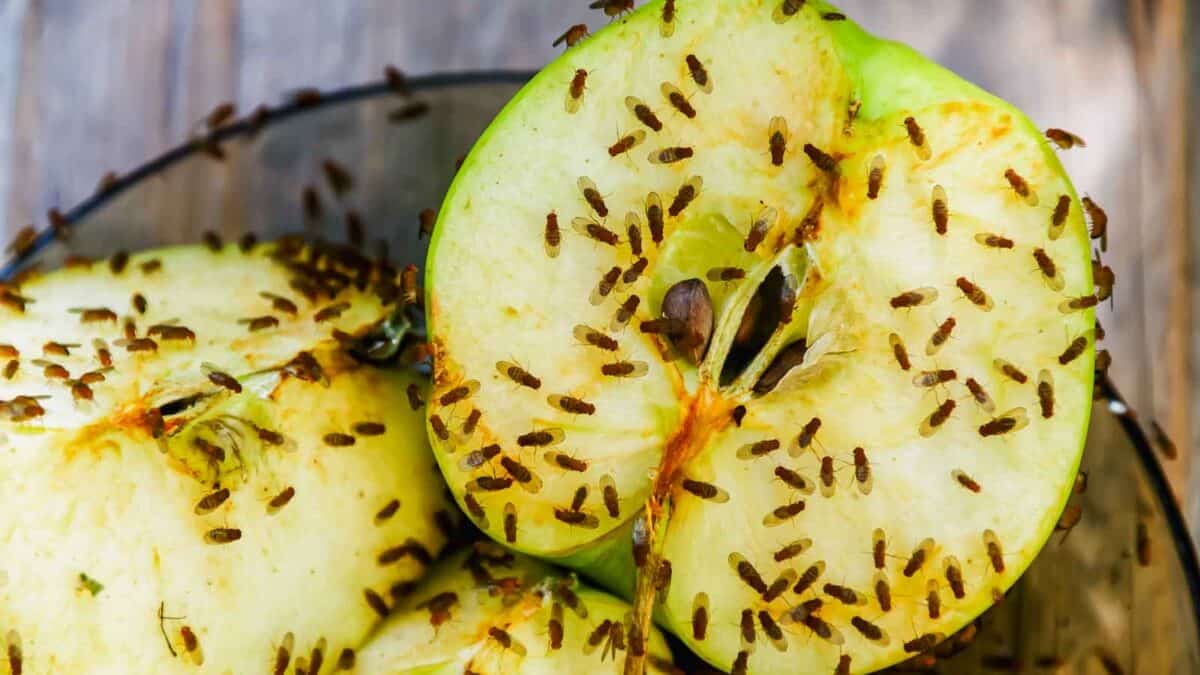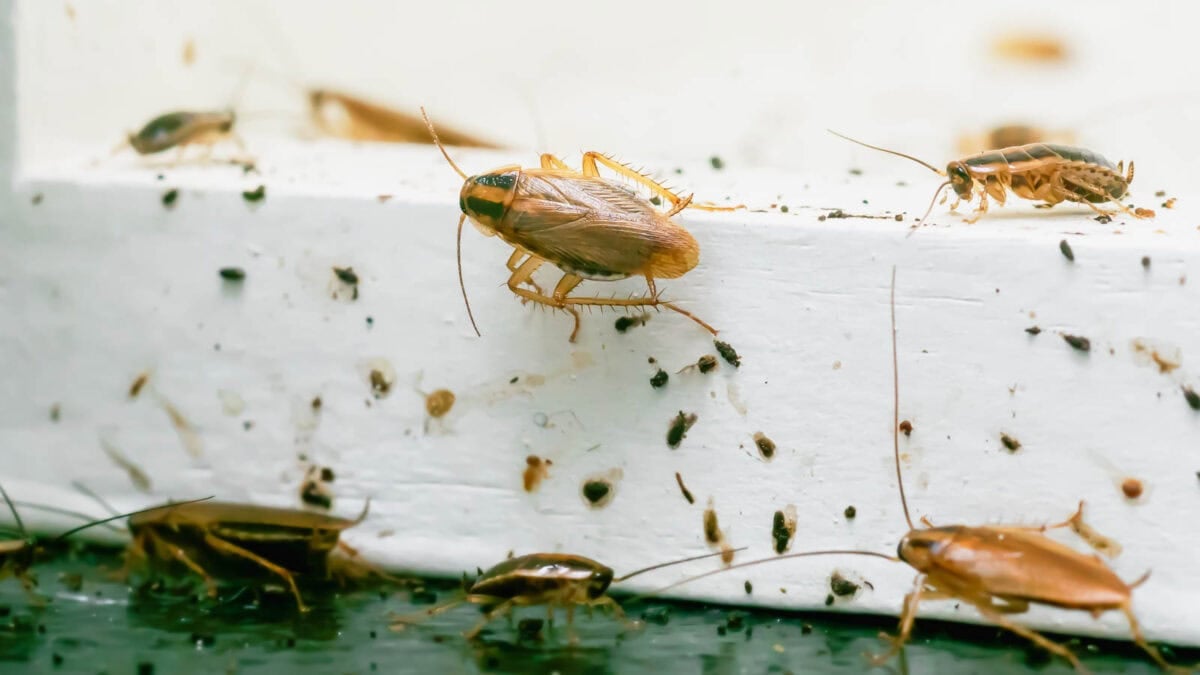Tired of unwanted guests creeping around your home? Before you reach for harsh chemicals, consider some kinder, gentler methods to keep those pesky bugs at bay. This article dives into ten natural remedies that can help you manage everything from ants to fruit flies without turning your home into a toxic zone. These eco-friendly solutions are effective and safe for you and your family.

Ants

Vinegar – Wipe down surfaces where ants are present with a mixture of equal parts water and vinegar to disrupt their scent trails and deter them.
Fruit Flies

Apple Cider Vinegar Trap – Fill a bowl with apple cider vinegar, cover it with plastic wrap, and poke small holes in the top to trap fruit flies attracted to the vinegar.
Cockroaches

Baking Soda and Sugar – Mix equal parts baking soda and sugar and sprinkle it near cockroach entry points. The sugar attracts the roaches, and the baking soda kills them when ingested.
Mosquitoes

Coffee Grounds – Sprinkle dry coffee grounds in stagnant water around your home to force mosquito eggs to the surface and deprive them of oxygen, killing them before they hatch.
Spiders

Peppermint Oil – Mix water and a few drops of peppermint oil in a spray bottle and spritz around doors, windows, and other spider entry points to keep spiders away.
Silverfish

Diatomaceous Earth – Sprinkle diatomaceous earth in areas where you see silverfish. It dehydrates and kills them while being harmless to humans.
Moths

Cedar – Use cedar blocks or cedar oil in your closets and drawers to repel moths with the natural oils that moths avoid.
Bed Bugs

Tea Tree Oil – Dilute tea tree oil with water and spray the mixture on your bed frame, headboard, and mattress to kill bed bugs with its antimicrobial properties.
Fleas

Salt – Sprinkle salt on your carpets and let it sit for a couple of days before vacuuming to kill flea eggs and larvae by dehydration.
Dust Mites

Eucalyptus Oil – Mix a few drops of eucalyptus oil with water and spray on your mattresses and bedding to repel dust mites with its scent.
11 Food Trends That Are Destroying the Environment

Food trends come and go, but their impact on the environment can linger much longer than their popularity. Take a look at how some of our favorite eating habits are not so favorable for the planet. From the water-intensive processes to the emissions-heavy transport of goods, it’s clear that what ends up on our plates can have far-reaching effects
Read it Here: 11 Food Trends That Are Destroying the Environment
Lyme Disease Completely Upended My Life, Here’s What You Need To Know About It

Growing up as an active kid and later adult in New York state, ticks have been a part of my entire life. I never gave them much thought despite the warnings posted on every trailhead before a hike in the woods. I’ve found countless of these buggers crawling on me, picked off plenty embedded in my skin and dismissed it all since I was a healthy person with a good immune system.
Two years ago, mysterious neurological symptoms began popping up and as they started compounding every month for half a year, slowly taking over my body to an unrecognizable state, I could no longer ignore or dismiss them due to stress. A six month long quest for answers began, involving almost every medical test and procedure imaginable.
The end result after thinking it could be everything under the sun from a neurological autoimmune issue to something much worse such as ALS (amyotrophic lateral sclerosis), turned out to be Lyme disease and I’ve spent the last 16 months trying to overcome it. Here’s what everyone should know.
Read it Here: Lyme Disease Completely Upended My Life, Here’s What You Need To Know About It
Select images provided by Depositphotos.
Gina Matsoukas is an AP syndicated writer. She is the founder, photographer and recipe developer of Running to the Kitchen — a food website focused on providing healthy, wholesome recipes using fresh and seasonal ingredients. Her work has been featured in numerous media outlets both digital and print, including MSN, Huffington post, Buzzfeed, Women’s Health and Food Network.








